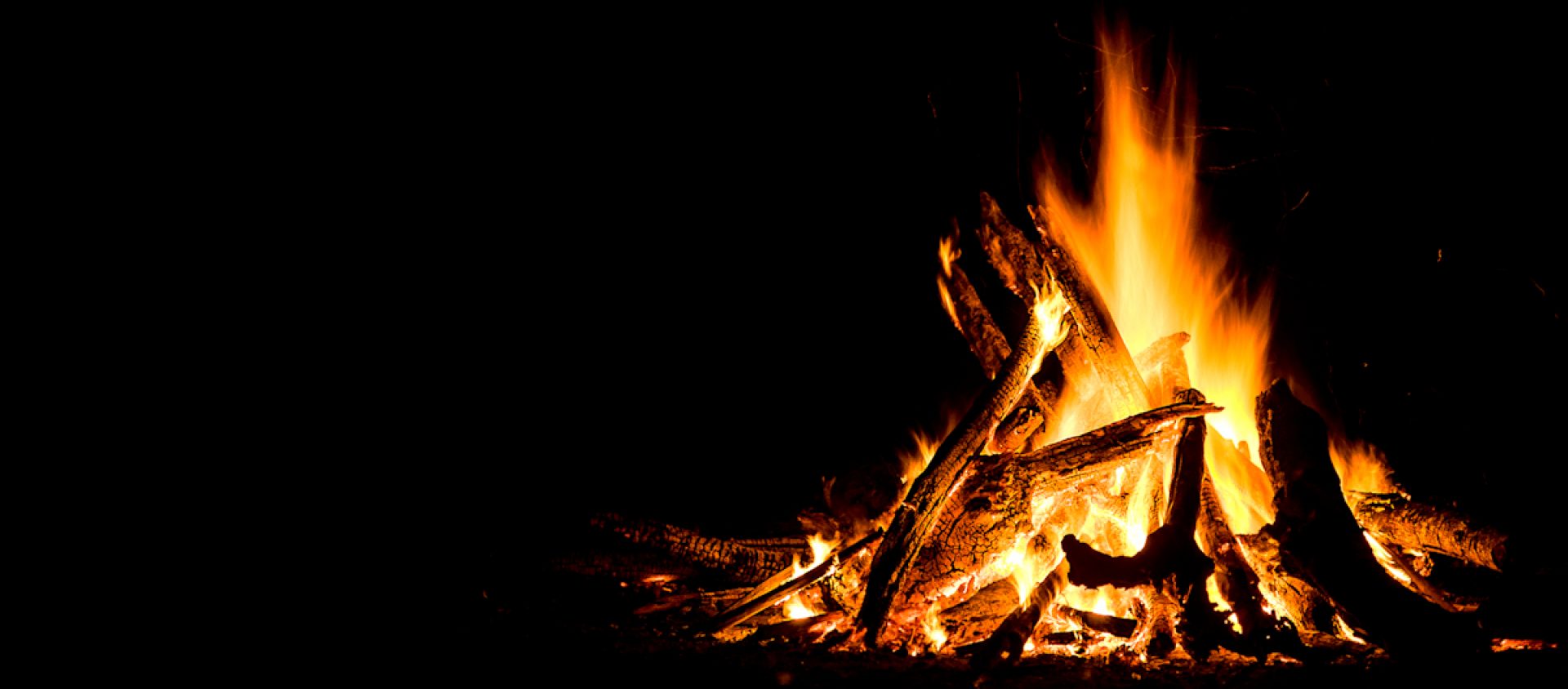I just finished up an online class in conflict transformation. I stumbled on it by accident scrolling through the Coursera class catalogue and decided to sign up on the spur of the moment.
Conflict transformation is part of the growing movement in conflict resolution and other kinds of peacemaking efforts that work to address conflicts ranging from neighborhood disputes to all out war.
The transformation aspect emphasizes two major points. First of all, conflict is not inherently bad; it points out where deep-seated problems are and can lead to a path to do something about them.
And secondly, many conflicts involve people in very unequal situations. By approaching the problems with an eye toward transformation, rather than simply resolution, those trying to find a peaceful answer must consider that inequality in helping the parties find a solution.
To quote a phrase often heard at demonstrations: “No justice, no peace.” An ordinary mediation session at which both parties give something up is not going to resolve a conflict when major injustice is on the line.
Although this was a one of those massive courses, with video presentations by the instructor (Prof. Ellen Ott Marshall of Emory University) and a lot of reading, the assignments were surprisingly personal and thought provoking. For several of them, we had to look at conflicts we’d been involved in and analyze them using the tools of the course.
So even though this was not a course where one interacted with other students, it was one that provided a lot of room for self-reflection.
We learned several good tools for looking at the underlying things going on when someone made a statement. The course reviewed how good mediation and similar programs worked.
And it did not shirk from discussing difficult and protracted conflicts. Helping people resolve and transform conflicts is difficult work.
One concept that made a big impression on me was the idea of deep listening, that is really listening to what someone else says, and responding to it by paraphrasing it in a non-judgmental way.
This is very different from listening just enough so you can plan your rebuttal.
In discussing the mediation process, in which a neutral mediator works with the persons who are in conflict, the course made the important point that the mediator must let the parties come up with the solution.
In the past, when I tried to mediate some conflicts in an organization, I came up with my own take on what was going on and tried to convince the parties in conflict to accept my solution. It did not work, and now I know why.
For me, that’s difficult, because when I can see a solution I very much want to push it so that we can all stop talking about the problem. But people don’t buy into a solution unless they come up with it themselves.
This is, ultimately, a very honest and deep process.
In the last class, on very difficult conflicts, there was a discussion of long-simmering conflicts. In working on an essay for that session, I realized that in many conflict situations in the past I avoided dealing with an obvious problem until something made the pot boil over so that something had to be done.
In an early class, on conflict styles, I had discovered that avoidance is one of the ways I deal with conflict. This can be good – there are times when you can let something fizzle out – but more often than not, it just means that when things fall apart they will be much uglier than they had to be.
I signed up for this course on a whim, mostly because I have always been interested in conflict resolution as a process, usually approaching it from the perspective of Aikido, where we often work on how to respond to physical attacks in a way that resolves things instead of escalating them.
But it occurred to me as I went through the reading that the course was very useful to a novel I’m working on (more in my head than on the page right now). In my worldbuilding, I was looking for a way for my characters to address real conflict that differed markedly from both our present adversarial legal system and the long human history of war.
Something else about the course that fascinated me was that conflict transformation and conflict resolution in general are not only tied to mediation and alternative dispute resolution, but also to all kinds of peacemaking and peacebuilding efforts as well as to work in civil resistance to bad governments. The reading and resource lists along are worth the time spent in the course (which is free unless you want to pay for a certificate).
It’s particularly interesting that these fields, which now have some significant presence in academia as well as in the field working on intractable disputes in war-torn parts of the world, are rooted in both the Mennonite and the Quaker religious traditions.
I’d like to see them work in some more Aikido, but then I love the idea of the path of warriorship leading to the path of peacebuilding and justice.
And of course, I like making connections that may not be obvious to others. For me, this class brought together social justice, Aikido, science fiction, and effective resolution of conflict. I love it when all my interests intersect.
